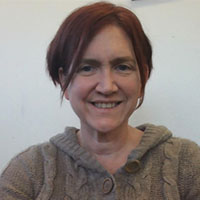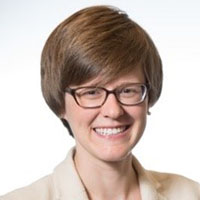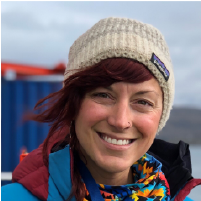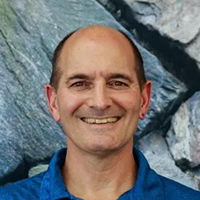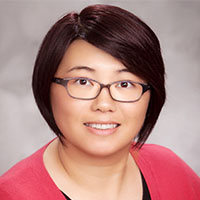
Role
- Research Associate Professor, Geophysical Institute, University of Alaska Fairbanks
Education
- PhD, University of Alaska Fairbanks, 2003
- BA, Physics, Johns Hopkins University, 1993
Research Interests
A central theme of my research has always been the Arctic and use of data from ARM’s North Slope of Alaska (NSA) facility. As an early career researcher, I focused on atmospheric radiation model development and intercomparisons with ground-based measurements from ARM facilities. Two decades later, I continue to develop rapid radiative transfer models (RRTMs). A 2010 publication, “A far‐infrared radiative closure study in the Arctic: Application to water vapor,” summarizes the concept of model-measurement intercomparisons that is foundational to my research. Recently I have researched snow-cover characteristics and albedo, as well as precipitation measurement techniques, at NSA.
Professional Experience
In 1993, as a new atmospheric science student at the University of Alaska Fairbanks (UAF), I became a member of the founding NSA Site Scientist Team. I was also introduced to the radiative transfer modeling that led to my first job as a developer of RRTMs. The inclusion of RRTMG in numerous climate and weather prediction models was a significant milestone for ARM. At UAF, I manage the Geographic Information Network of Alaska, a satellite direct-broadcast facility responsible for delivering remotely sensed products in near-real time to forecasting agencies. While arctic fieldwork and remote-sensing responsibilities might seem disparate, my research and operational efforts share the same goal: improved understanding of arctic processes.




